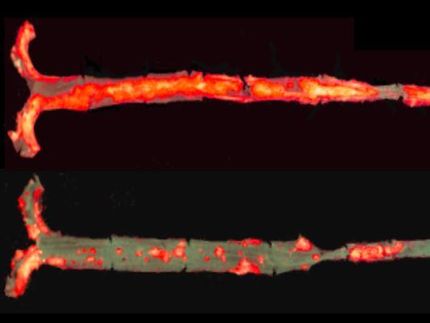Biochemical mechanism behind a rare, painful genetic disease identified
Study might open door to first effective treatment for ACDC disease
Advertisement
A team of researchers at the National Institutes of Health has uncovered a possible biochemical mechanism behind a rare, painful genetic disorder called ACDC disease, which causes calcium buildup in the arteries. The finding could lead to the first effective treatment for the potentially debilitating condition and might provide insight into other vascular diseases, including atherosclerosis, the researchers say. ACDC is short for arterial calcification due to deficiency of CD73. (CD73 is an enzyme that reduces calcium buildup in the arteries). The disease targets the hands and feet and can limit a person's ability to walk and exercise.
In the current study, researchers discovered how a deficiency of CD73 triggers a cascade of adverse biochemical events that leads to increased calcium buildup. That discovery quickly fueled progress on a possible treatment. Scientists generated stem cells from the skin of patients with ACDC disease and injected them into mouse models. They found that tissue formed in the mice by the patient-derived cells calcified over time. The researchers showed that treating these mice with several drugs including etidronate, which is used to strengthen bone in certain diseases involving bone loss, helped reduce calcification of the human tissue. The findings suggest that a similar strategy might help treat people with ACDC disease.























































